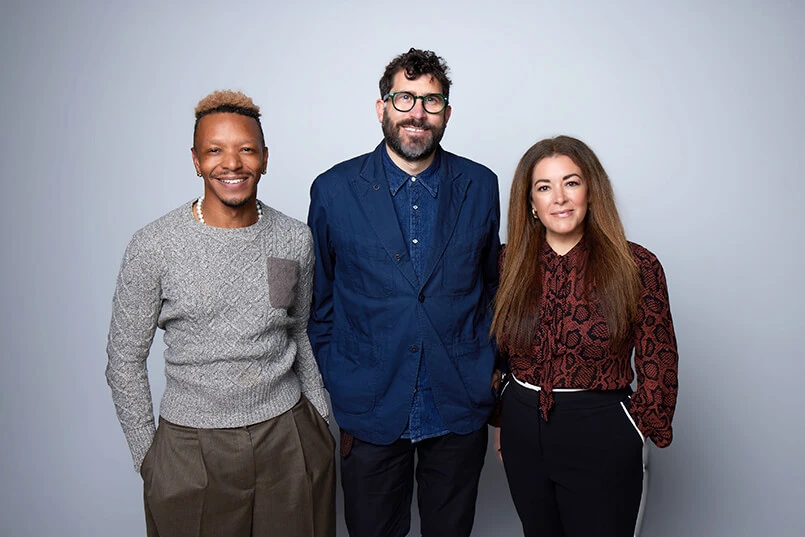Faced with so much uncertainty, due to the Covid-19 pandemic, marketers with more flexible agency relationships may be feeling fortunate in times of crisis. I have shared previously the increased promiscuity of the advertiser / agency relationship. It is no longer a marriage. But as one commentator on LinkedIn said, “It’s more like a one-night stand”. I personally believe that is a little harsh. So, I responded to this comment by saying “It is more like a Friend with Benefits. But the advertiser is getting most of the benefit”.
This interaction got me thinking that while advertisers may think that a more casual approach to their agency relationships does provide them with an obvious benefit of not being held to a commitment, the fact is they are overlooking the significant hidden cost of this arrangement.
While we hear stories (and I have first-hand witnesses to this) of agencies clambering over each other to win a new piece of business, the fact is that agencies value commitment from their client, just as clients value commitment from the agency. So, when the agency wins the appointment only to find out that this is not a committed relationship, things can change.
1. Faux commitment
One of the things an agency retainer should buy for an advertiser is a consistent agency team committed to the business. This is why agencies love retainer fees, as guaranteed cash flow and cost recovery for their biggest single expense – salaries. But if the advertiser is paying project fees, how do you create the illusion of a committed team, without the commitment?
Quite simply, you just put a handful of agency people on the client front row. What many clients fail to realise is that the day-to-day agency team is often a fraction of the people working on the account. As long as you have one person to call and familiar faces turn up at every meeting, you feel like the agency is committed. But are they? Depending on your workload, that team could simply be a selection of people already 100% committed to other retained clients, just servicing your business in their overtime.
2. Premium pricing
Procurement teams do a great job at getting a retainer cost down and happily take the reduction as a saving in their report to the CFO. But what about when it comes to project fees?
Too often the project fees are based on rate cards of hourly rates. But who is checking the number of hours it takes to do the work? No matter how low the rates negotiated, the fact is it is relatively easy for the agency to increase the proposed number of hours. In the rush to get the project underway (it always appears to be a last-minute thing) who is quibbling over hours, when the rate is so low?
Worse still is the possibly that you are paying for resources that the agency effectively gets free. Think about it. Agencies cannot afford to have people sitting around waiting for your project to land. So, if the agency has their staff retained or committed to other accounts, and the team working on your business or project behind the scenes is doing this as unpaid overtime, then the agency is effectively getting paid for time that cost them nothing. No wonder agency staff are suffering burnout and fatigue.
3. The B-Team
Unless you are one of those advertisers with the really sexy creative account that everyone in the agency wants to work on, it could be that without commitment to the agency, what you are really getting is the B-Team (as opposed to the A-Team who are working on that client who is willing to make a commitment).
There is nothing wrong with the B Team. The junior creative team, the up-and-coming planner, the tech production, who are all looking to make your account the stepping-stone to a better account, better work and more security.
But then how would you know? On a project basis the importance of consistency or even quality of the work could be moot. In reality, the B-Team could be the C, D or E-Team with a constantly shifting cast of agency resources, freelancers or even unpaid interns. But then if the advertiser is not willing to commit to a scope of work or fees, then how could and why would the agency do the same?
4. Looking to upgrade
While agencies are happy to list the advertisers who pay project-based fees as their clients, it is amazing how often they are also the first to say yes for an opportunity to pitch for a larger or more committed competitor. And why not? Just like the friend with benefits or the one-night stand, if a better suitor is available, why would you not go for it? Loyalty is a two-way street.
Besides, an agency with experience in the category and recent experience with a competitor in that category is highly prized. It could be that they could even upgrade their client without a pitch. And for those advertisers who appoint agencies purely to take them out of the competitive market, project fees may be a cost-effective way of doing this, but it does not buy the agencies’ loyalty.
5. When the going gets tough
Speaking of loyalty, it is interesting how far agencies will go to support their clients in a time of crisis. At the moment, in a time of global crisis, it would be interesting to see how many agencies are bending over backwards to support their clients any way possible as so many industries are being impacted by the Covid-19 pandemic.
The question is, would your one-night stand or your friend with benefits be there for you in a bad-times as well as the good? Or does that type of commitment and loyalty only occur when it is reciprocated and valued by both parties? Much like the traditional marriage vows – in sickness and in health, for better or for worse…
It is in uncertain times like these that we often need friends to support us. But have we invested enough into the relationship in the past for them to reciprocate in a time of need?
TrinityP3’s Agency Remuneration and Negotiation service ensures that the way in which you pay your agency is optimal. Read more here




